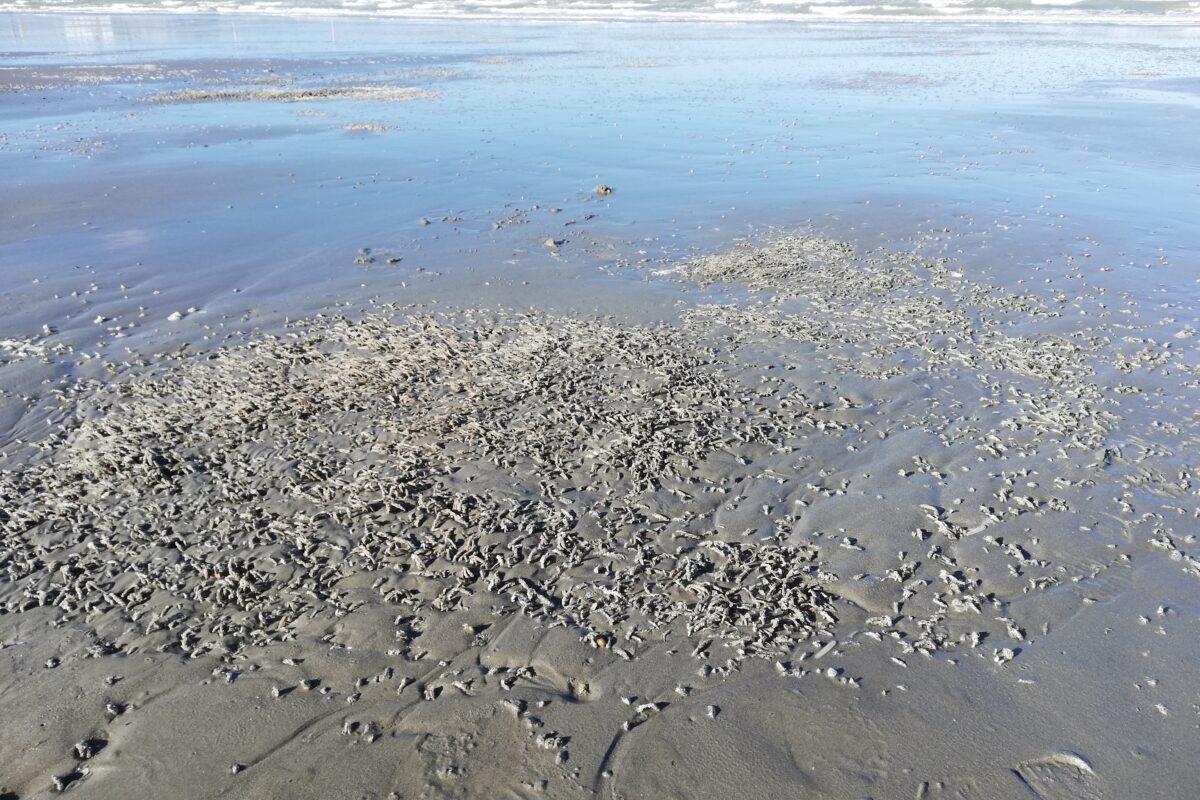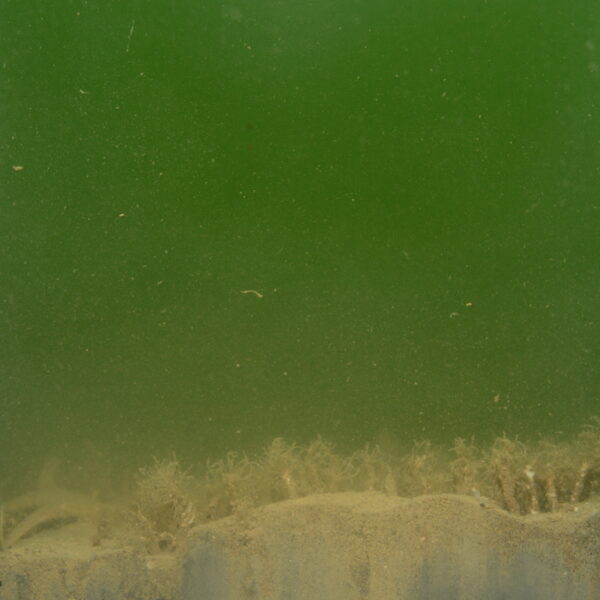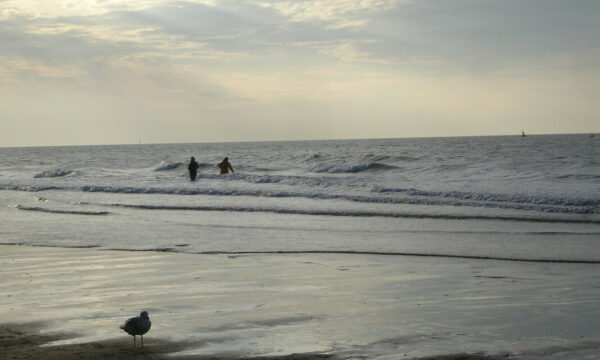Dossier Coastal protection
Traditional forms of coastal protection such as sand barriers, dikes and dams are being questioned due to their high maintenance costs, limited flexibility and negative ecological impact. Therefore natural alternatives are being tested, which work with nature instead of against it.

What does ILVO do?
-
In the context of environmental impact reporting, ILVO examines the impact of coastal protection activities
-
Through ecological, biological and experimental research, ILVO searches for nature-inspired methods for coastal protection.
-
 ILVO provides advice and support for area-based approaches related to coastal protection.
ILVO provides advice and support for area-based approaches related to coastal protection.
Coastal protection must ensure adequate defenses against the sea while taking into account climate change and rising sea levels. To this end, there are two types of common measures: (1) hard measures such as dikes, groynes and storm surge barriers and (2) soft measures such as beach and foreshore replenishment and the protection and restoration of natural dune belts.
Some of these measures coming under fire, as many of the traditional techniques are anything but sustainable and are proving to be cost-inefficient. Consequently, there is an increasing demand for natural or nature-inspired techniques.
ILVO contributes to sustainable, cost-efficient and effective coastal defense through research into the impact of traditional techniques and their possible alternatives, and through research into innovative, nature-inspired technologies.

Impact of construction and maintenance work for coastal protection
When implementing hard and soft measures, ILVO conducts impact studies based on monitoring prior, during and after the works, and through comparison of the work zones with similar control areas.
For example, in 2013-2016 a study was conducted on the efficiency and impact of foreshore replenishment, where a sand buffer is constructed in the shallow water (instead of on the beach as in a classic sand replenishment). ILVO and UGent were able to demonstrate that, under certain conditions, foreshore replenishments have less impact on benthic fauna than beach replenishments.
In 2018, ILVO and UGent conducted a monitoring study prior to the start of the construction works for a storm surge barrier in Nieuwpoort. ILVO documented the fauna and ecology of the construction zone and formulated recommendations for further ecological follow-up once the construction is operational.
ILVO also carries out monitoring assignments abroad. For example, in 2012-2013 ILVO was responsible for the field sampling of a foreshore replenishment area in Ameland, the Netherlands. ILVO sampled and analyzed fish and epibenthos - invertebrates living on the seabed - in the impact zone and a reference area on Schiermonnikoog.
Coastal protection inspired by nature
Globally, the impact of climate change is being felt hard in coastal areas, with rising sea levels and extreme weather. Coastal defense is therefore becoming increasingly important, but many of the traditional techniques are anything but sustainable. The ambitious Coastbusters project therefore went in search of systems for coastal defense that are inspired by, and work with, nature.
The results of the first three years of research are bundled in the report, which reports on the field experiments carried out by the partners DEME, ILVO, eCoast, Sioen and Jan De Nul. These experiments focused on the development of pioneering conditions from which natural reefs could develop. These reefs then form the basis for an ecosystem-based coastal protection. Specifically, three bio-builders were engaged:
- Marine plants such as seaweed (field experiment) and eelgrass (lab setup)
- Mason worms (field experiment and lab set-up), with research on rearing and attachment process in juvenile stages
- Shellfish, with a promising field experiment with mussels using aquaculture techniques
The insights gained have led to business opportunities for the industrial partners for competitive valorization of sustainable, nature-inspired design. The research institutions involved have amassed special knowledge that puts the Flemish research community at the forefront of the current pioneering field.
Coastbusters 2.0
Further research, under the name Coastbusters 2.0, builds on promising results with mussel beds. Here the concept will be further developed in terms of design/material and the physical and ecological conditions will be closely monitored.
This video gives more information about the Coastbusters project:
Coastal zone management
Thanks to a series of performed and ongoing projects, ILVO has become an important player in the network of researchers, policy makers, companies and government agencies working on coastal protection. This network (EB-ICZA&M, Ecosystem-Based Integrated Coastal Zone Adaptation and Management) is working intensively on a more integrated and regional approach (instead of locally and within each sector), especially in view of climate change and the accompanying sea level rise and more frequent storms.








